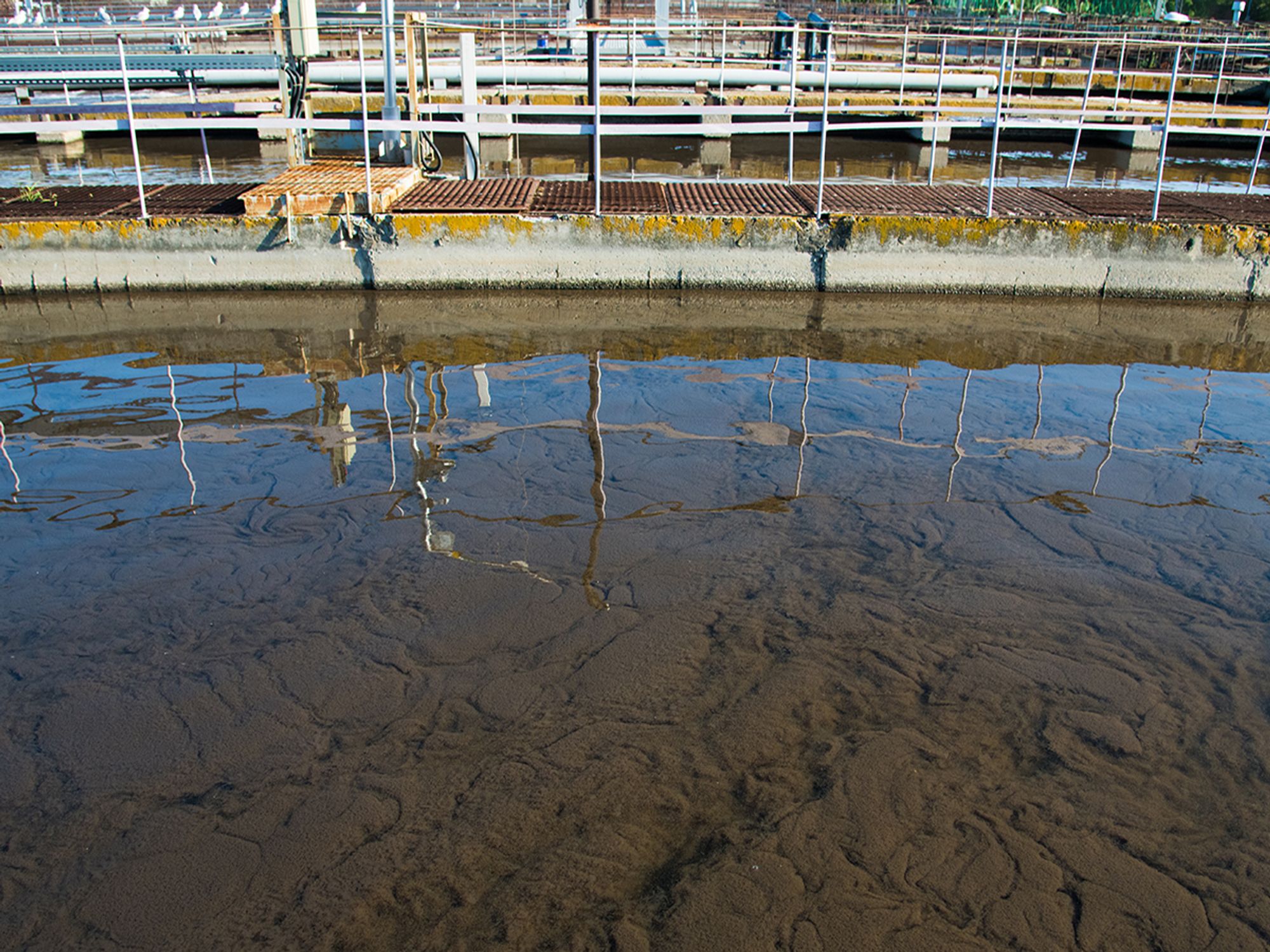How is wastewater regulated?

- EPA sets limits on the pollutants that may be discharged from industrial sources through the NPDES permitting program.
Wastewater discharges from industrial and commercial facilities may be contaminated with pollutants that could negatively affect surface waters or publicly owned treatment works (POTWs). EPA sets limits on the pollutants that may be discharged from industrial sources through the National Pollutant Discharge Elimination System (NPDES) permitting program. Many states have been authorized to run their own wastewater permitting program and must meet these limitations.
Industrial and commercial sources that discharge wastewater directly to receiving waters will need to obtain an individual or general NPDES permit. However, industrial and commercial sources that discharge wastewater to the municipal sewer system (indirect dischargers) will be covered by the NPDES pretreatment program.
Regulatory citations for wastewater include:
- 40 CFR 122 — EPA administered permit programs: The national pollutant discharge elimination system
- 40 CFR 401 — General provisions
- 40 CFR 403 — General pretreatment regulations for existing and new sources of pollution
- 40 CFR 400-471 — Effluent guidelines and standards
Wastewater regulations require organizations to:
- Determine if their facility discharges a pollutant in their wastewater.
- Check with their state water permitting agency or federal EPA to see if a wastewater permit is needed.
- Determine if they need a general or individual wastewater permit.
- Apply for the permit.
- Comply with the permit.
